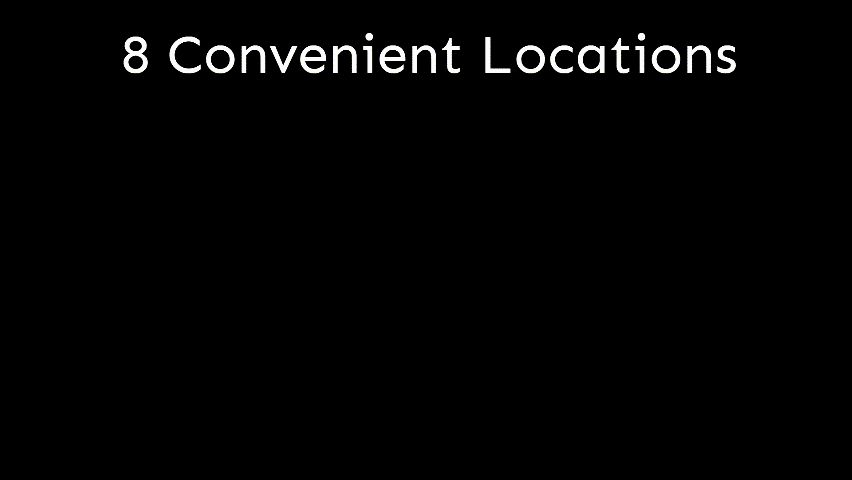In every welding or fabrication shop, the safe handling of compressed gases and cylinders is a foundational priority. A single leak or cylinder mishandling event can lead to injuries, fires, regulatory penalties, or costly downtime. At Dupoy Oxygen, we supply welding gases across Central Texas, and we believe it’s just as important to help our customers maintain safe operations. In this guide, I’ll walk you through industry-proven steps to prevent gas leaks and ensure cylinder safety from delivery to daily operation and storage.
Understand the Risks: Why Leaks Matter
Gas leaks don’t always result in dramatic outcomes—but their cumulative impact is serious. Even minor leaks waste expensive gas, degrade weld quality, introduce contamination risks, and can create hazardous atmospheres (oxygen enrichment, flammable mixtures, asphyxiation). A leaking cylinder valve, connection, or regulator seat is a weak point that demands vigilance. To prevent these scenarios, your shop must adopt a culture of proactive safety.
Use Proper Cylinder Handling & Storage Protocols
Safe cylinder handling starts long before the regulator is opened. Key guidelines include:
- Always secure cylinders upright (vertical) using chains, straps, or racks. OSHA mandates that cylinders be protected from tipping or being knocked over. OSHA+1
- When cylinders are not in use (or expected not to be used within 24 hours), store them in dedicated, well-ventilated areas separate from hot work zones, and away from combustible materials. OSHA+1
- Maintain separation between oxygen and fuel gas cylinders: at least 20 feet apart or separated by a noncombustible barrier ( ≥ 5 ft high, fire‐resistant) when stored indoors. OSHA+1
- Always keep valve protection caps in place (hand-tight) whenever cylinders are transported or not connected to regulators. OSHA+1
- Do not place cylinders near heat sources, open flames, electrical circuits, or unshielded welding arcs. These exposures raise the risk of explosion or valve failure. Oregon OSHA+2Oregon OSHA+2
By combining safe storage, secure mounting, and protected positioning, you reduce the mechanical risk that can lead to leaks or worse.
Inspect & Maintain Connections Diligently
Many leaks occur not because of cylinder failure, but due to worn or misconnected fittings, regulators, or hoses. To guard against this:
- Before connecting a regulator, always “crack” the valve (open slightly then close) to blow out dust/debris—not directed toward people or ignition sources. OSHA+1
- Open the valve slowly; do not exceed 1½ turns to allow quick shutoff in emergencies. OSHA+1
- Use proper pressure-reducing regulators appropriate for the gas and application. Never bypass or disable safety devices. OSHA+1
- When removing regulators, always close the cylinder valve first, then bleed the regulator until the pressure is released. OSHA+1
- Inspect all hose connections, fittings, gauges, and threads for wear, damage, or misalignment. Replace seals or O-rings at first sign of degradation.
Routine preventative maintenance on your ancillary gas equipment can catch small leaks before they become major incidents.
Employ Leak Detection & Safety Monitoring
Gas leaks are easier to detect early when you use proper tools and protocols:
- Use a reliable leak-detection solution (soapy water, approved leak test fluid) to test all joints, connections, and valves. Bubble formation signals a leak.
- Install gas detectors or monitors in your shop, particularly near cylinder storage zones, regulator drop zones, and welding bays.
- For high-risk gases (oxygen, acetylene, specialty gases), consider placing them in gas cabinets or ventilated enclosures that exhaust leaks safely away. Wikipedia
- Train staff to recognize signs of leaks: hissing sound, pressure drop, smell (for gases with odorant), or performance inconsistencies in welding.
Enforce Training, Protocols & Accountability
Even the best safety equipment fails without a culture of responsibility. As a gas supplier, Dupoy Oxygen encourages customers to:
- Ensure only trained, competent personnel handle cylinders and gas systems, per OSHA requirements. Reliable Plant
- Maintain safety data sheets (SDS) and hazard communication for all gases used.
- Document inspection logs, maintenance, repairs, and cylinder history.
- Enforce PPE usage, lockout/ tagout procedures for gas lines, and clear emergency response flows.
Perform Regular Audits & External Inspection
Even if your shop runs smoothly day to day, periodic third-party review helps identify blind spots. We at Dupoy Oxygen offer consulting and safety audits: we can review cylinder room layout, gas line routing, regulator setups, and training. Frequent evaluation ensures continuous improvement and compliance.
Benefits of Leak Prevention & Cylinder Safety
Safe cylinder practices aren’t just about avoiding disasters. They deliver real operational value:
- Reduced gas waste and lower costs
- Improved weld consistency and quality (no gas contamination)
- Extended lifetime of regulators and piping
- Fewer unplanned outages or downtime
- Enhanced workplace safety and liability protection
Partner with Dupoy Oxygen for Safe Gas Delivery
As your trusted industrial gas supplier in Central Texas, we don’t stop at delivering cylinders. We provide:
- Certified leak-free filling and testing
- Certified cylinder and regulator inspections
- Safety training and best practices
- Emergency response support
Contact Dupoy Oxygen today to schedule a safety audit, request training for your team, or let us help you set up a leak-proof gas system in your shop. Your safety and peace of mind are our priority.


